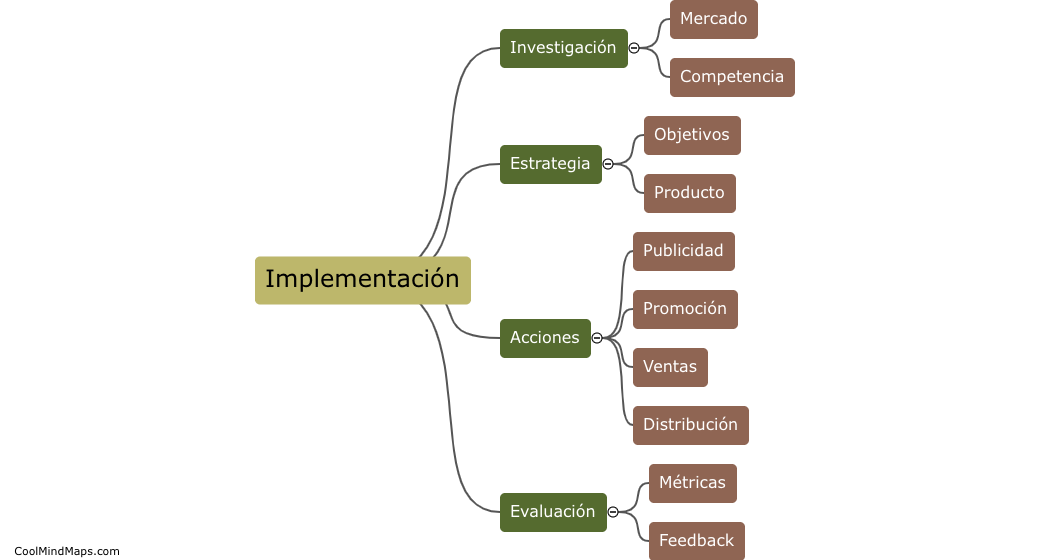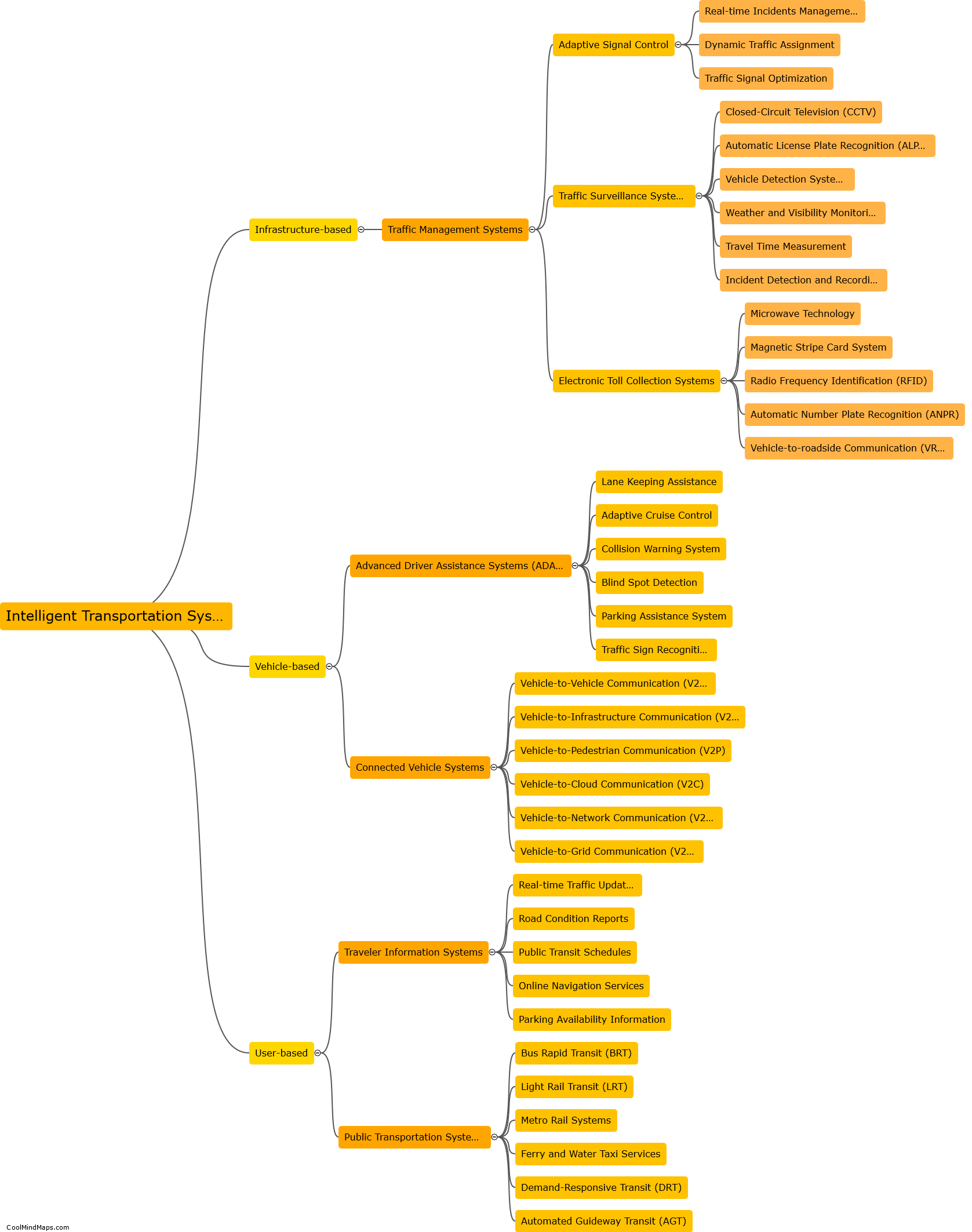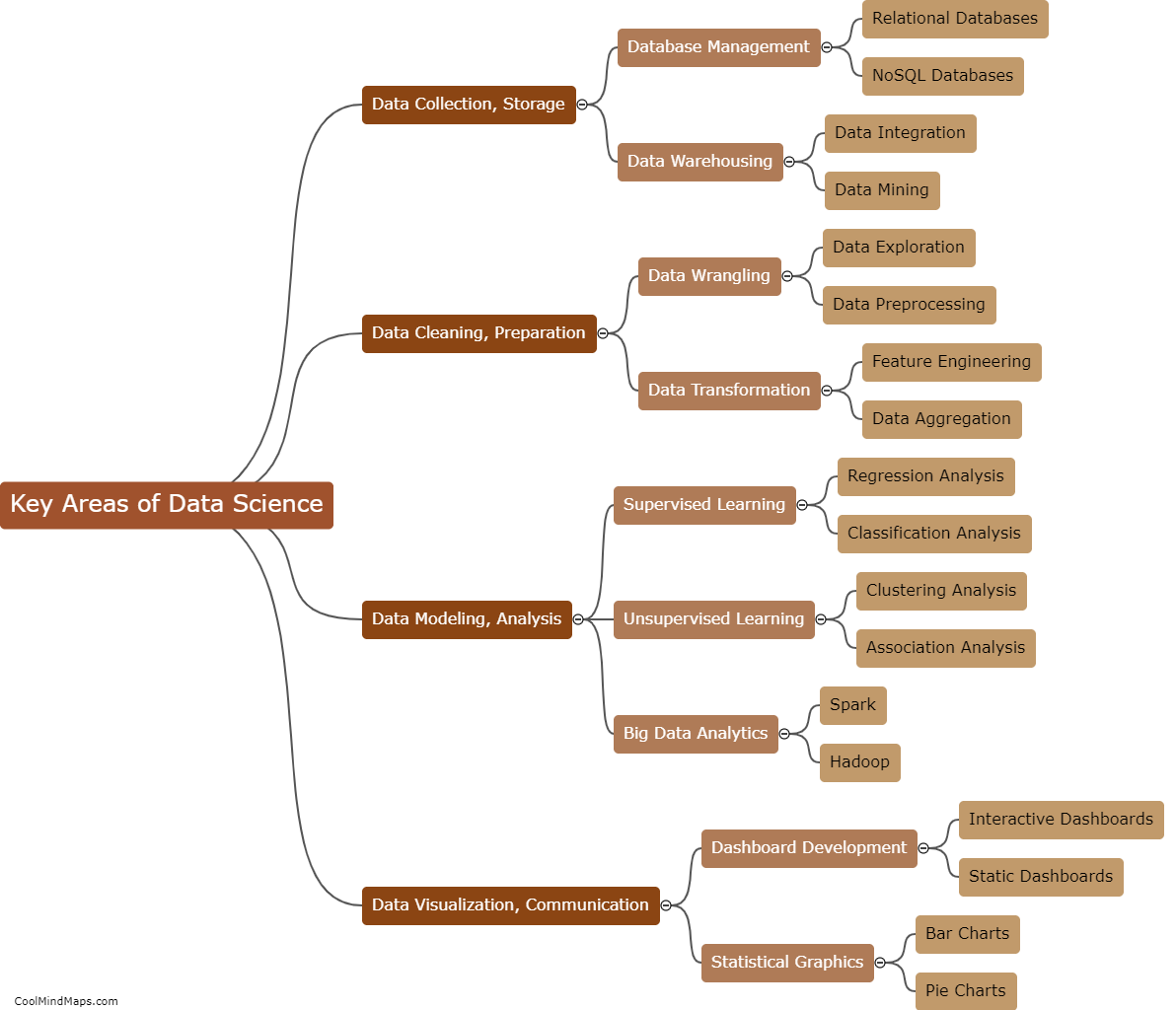When do we use -er and -est to form comparatives and superlatives?
In English, we use the suffixes -er and -est to form comparatives and superlatives of adjectives. We use -er to describe a comparison between two people, places, or things, while we use -est to describe a comparison between three or more people, places, or things. For example, “tall” is the base form of the adjective, and we can use “taller” and “tallest” to compare the heights of two or more people or objects. Similarly, we can use “big” as the base form of the adjective, and then say “bigger” and “biggest” to describe a comparison between three or more objects. It's important to note that this rule has exceptions, and some adjectives use different forms to create comparatives and superlatives.

This mind map was published on 5 June 2023 and has been viewed 216 times.











